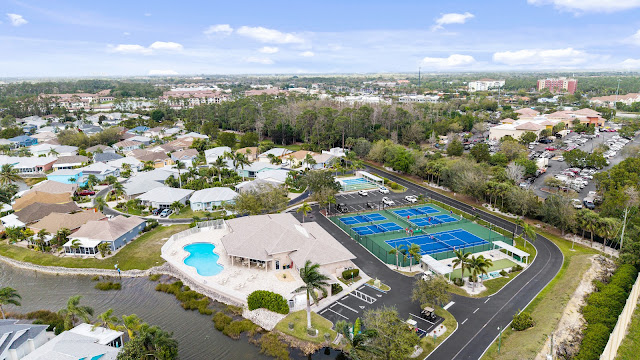Ultimate Guide to Interior Real Estate Photo Editing: Make Every Room Shine
High-quality interior photos can make or break a real estate listing. While taking good shots is essential, interior real estate photo editing takes your images to the next level. From adjusting brightness and color to correcting lens distortion and removing clutter, editing helps you showcase each room at its best. In this ultimate guide, we’ll cover the key steps, tools, and tips to create polished, professional interior real estate photos.
Why Interior Photo Editing Is Crucial in Real Estate
Online property listings are your first chance to make an impression. Buyers scroll through dozens of photos—your goal is to make them stop and click. Interior photo editing ensures that:
-
Lighting looks natural and balanced
-
Colors are accurate and inviting
-
Spaces feel larger, cleaner, and more appealing
-
Distractions are minimized or removed
Editing doesn't mean altering reality—it means highlighting potential and creating visual clarity.
Essential Steps in Interior Real Estate Photo Editing
Here’s a step-by-step approach professionals use when editing interior shots:
1. Correct Exposure and White Balance
Interior lighting can be uneven or tinted. Adjust exposure to brighten dark areas and fix white balance to ensure true-to-life colors (e.g., whites should look white, not yellow or blue).
2. Straighten Lines and Fix Distortion
Wide-angle lenses often warp vertical and horizontal lines. Use lens correction tools to straighten walls, ceilings, and furniture. This makes the room feel more realistic and comfortable.
3. Color Correction and Contrast
Enhance the image with slight contrast, clarity, and color adjustments. Avoid over-saturation—keep colors natural and consistent across all images.
4. Remove Unwanted Objects and Clutter
Use tools like the clone stamp or healing brush to remove distracting elements such as cords, trash bins, or personal items that don’t serve the visual purpose of the listing.
5. Enhance Window Views (if needed)
To show the outdoor view from a window clearly, editors often use window masking or window pull techniques—blending a properly exposed outdoor image into the window area.
6. Apply Noise Reduction and Sharpening
Low-light shots can introduce digital noise. Apply noise reduction filters and sharpen key details like furniture edges or decor items.
Recommended Tools for Interior Photo Editing
-
Adobe Lightroom – great for batch editing, lighting, and color adjustments
-
Adobe Photoshop – best for retouching, object removal, and compositing (like window masking)
-
Luminar Neo – AI-powered edits with simple controls for beginners
-
Photomatix or Aurora HDR – for high-quality HDR blending
Outsourcing is also a smart option if you need fast, professional results at scale.
Read more: Ultimate Guide To Interior Real Estate Photo Editing
Best Practices for Natural-Looking Interiors
-
Maintain consistent editing style across all rooms
-
Keep brightness and contrast moderate—don’t over-edit
-
Highlight focal points like kitchen countertops, fireplaces, or natural light sources
-
Use warm tones to create a cozy, inviting atmosphere
-
Avoid using heavy filters or unrealistic effects
Common Interior Photo Editing Mistakes to Avoid
-
Overexposing windows or losing detail in highlights
-
Making walls look unnaturally colored (blue, pink, etc.)
-
Over-sharpening or over-smoothing textures
-
Leaving objects like toilet brushes or wrinkled bed sheets unedited
-
Inconsistent lighting between images in the same listing
Conclusion
Interior real estate photo editing is more than a cosmetic upgrade—it's a powerful marketing tool. Properly edited photos highlight the best aspects of a property and help buyers form an emotional connection before they even step inside. Whether you're a DIY photographer or a real estate professional, mastering these editing techniques can lead to quicker sales, higher offers, and more satisfied clients.
.jpg)

.jpg)

Comments
Post a Comment